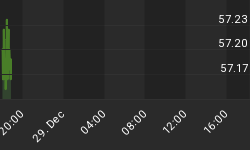or
Meet the new year... same as the old year?
You don't need to be an economist or a mathemagician to understand that the massive US national debt and the constant raising of the debt ceiling is an issue that can not continue indefinitely. This trend of indebtedness continues into 2012 and ranges from consumer debt, to municipal and state debt, to sovereign debt. The latest US debt bubble comes in the form of the student loan market, which is approaching one trillion dollars in size. Globally more total debt exists than can ever be paid back, and we may soon reach a tipping point where this growing debt load can no longer be financed. At the sovereign level many nations are struggling to borrow additional money just to make the interest payments on existing loans. The lending market is reaching the point where it is either no longer willing or no longer able to continue the game.















